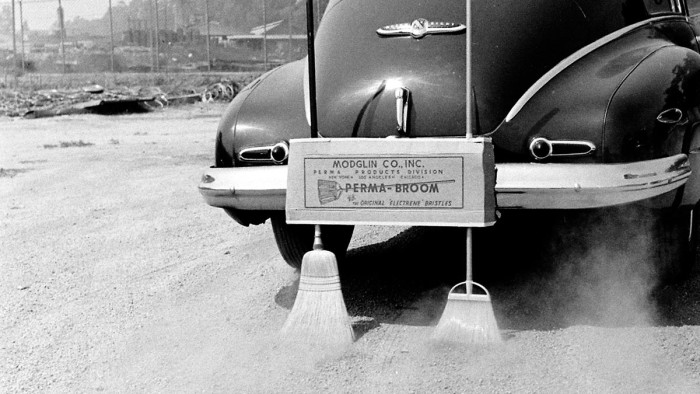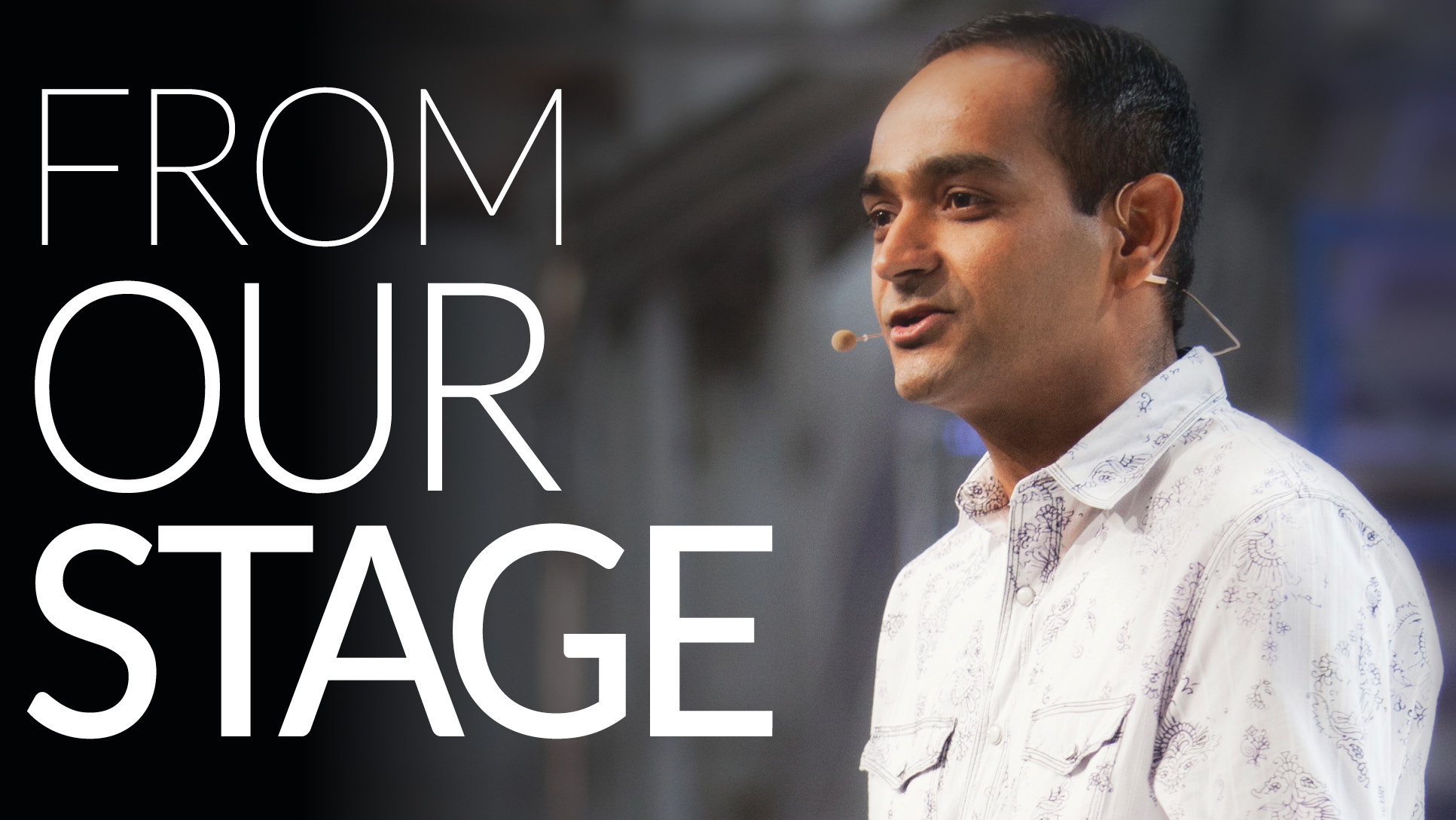What is your content trying to do?
What is your content trying to do?
Why does your content exist? Who is it reaching? What business purpose does it solve? Is it any good? Does anyone care? If you weren’t the publisher of your content, would it be the kind of stuff that you would be interested in? The list of questions is long, arduous and intimidating. We live in a world that marketers (like me) had hoped for (lots of people, creating lots of interesting content in lots of different media formats). Well, “be careful what you wish for,” as the saying goes. Long before it became a reality, many writers (like me) discussed the idea that content anywhere and everywhere would create a rapid devaluing of it. Like advertising, content shifted from a model of scarcity to one of abundance. Content is media. Content is seen and pushed into the world as the marketer’s be all/end all for true success in connecting with consumers.
Again, what is your content trying to do?
Brands are often thinking about the channels that the content will appear on, or what the actual content will be, without having a clear strategy and vision in place, as to what the net result of creating, producing and distributing all of this content is for. It’s not a generalization. Look at any one of your many feeds. Study - with some depth - the type of content that brands are trying to pass off as valuable and authentic. Is it really doing that? How can brands CTRL ALT Delete their strategy around content? How can they better think about what matters most when it comes to content?
Think first about the outcome. Here are the ideal four outcomes of what brand content should do:
Impression. This form of content is created to simply create an impression. It’s fast. It’s passing. It’s a distraction from whatever the consumer is doing. It breaks up their expected flow with something that grabs their attention. Paying to promote it is, typically, par for the course. I define this type of content as “the new banner ad.” If you are producing content that is bought, sold and seen like a banner ad, admit it and work within those parameters.
Editorial. This blog post is editorial. Any form of content that is being used to tell a story that is not directly about the brand’s products or services, but serves an editorial function. The outcome of this content is to provide the consumer with substance that they truly want to read, and are comfortable/happy with the idea that a brand created it and shared it. Editorial content is journalism. A real story that attempts to give facts over opinions, or opinions with multiple angles. The outcome of this content is that a consumer reaches their own conclusions about just how smart the brand is for creating this kind of content.
Transaction. Transactional content is used to encourage consumers to buy something. It’s looking to push the consumer to a direct response. This could be the implementation of customer reviews, or it could be the development of YouTube videos that highlight the products features and benefits. It’s hard for content to drive directly to response, but content can be created with the sole purpose of pushing to a transaction.
Create your content with the outcomes in mind.
Revenue. Content so good, that consumers or publishers will pay for it. Writing books, publishing articles, selling reports and more. Selling content - in an of itself - doesn’t just push a brand’s notoriety, it can be an additional revenue stream. Yes, being paid for content is a much tougher business than it has ever been, but many still make a great living (and many businesses have built solid revenue lines) by creating content that people will actually pay for.
Don’t mix them up. Create your content with the outcomes in mind.
I can’t tell you how many times a brand has produced Impression-outcome content, and is then frustrated with its inability to increase sales. I’ve seen brands also attempt to sell glorified press releases as editorial content to a magazine, and then been frustrated when it gets rejected. Content is not a catch-all. Understanding what the outcome needs to be - from the start - is a sure-fire way to increase the content’s success in the marketplace, and that happens long before anything is created or the platform that it’s going to be distributed through is chosen.
If you don’t know what you really your content to do, why are you publishing it in the first place?





.png)




What Did You Think?